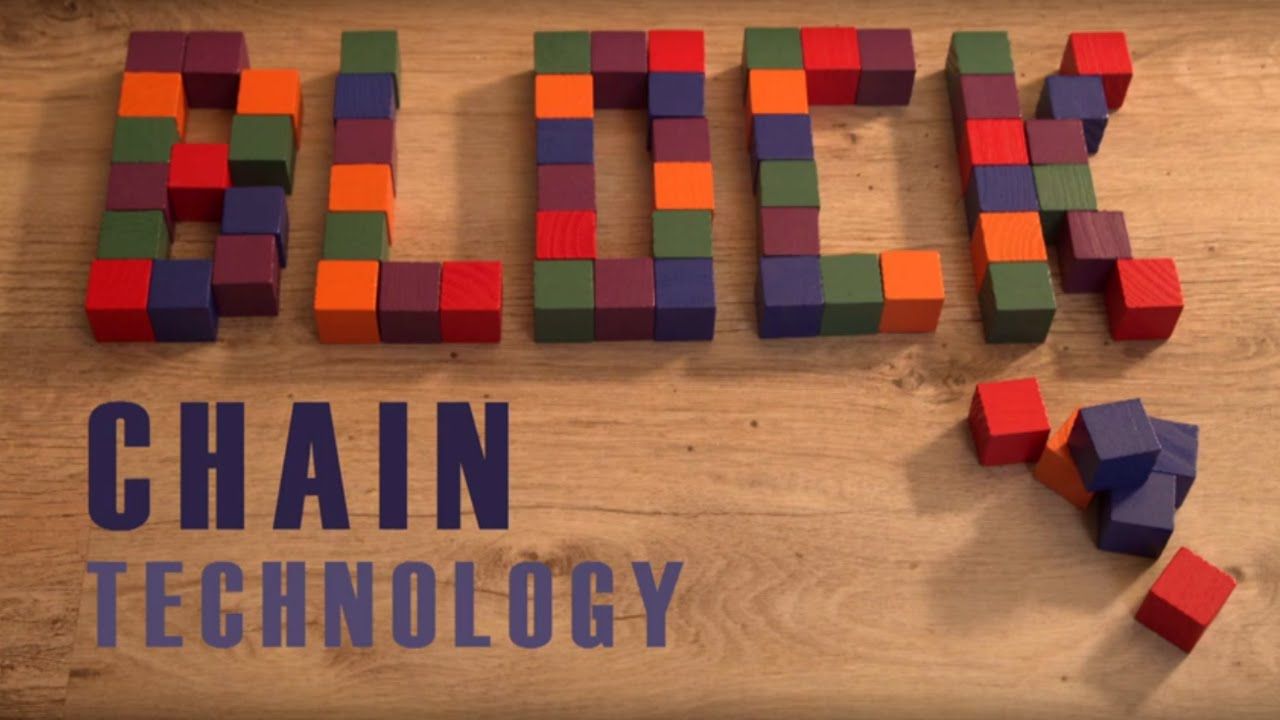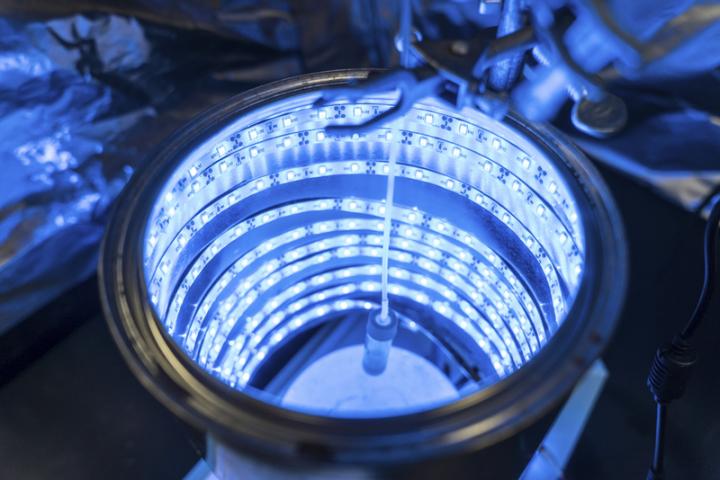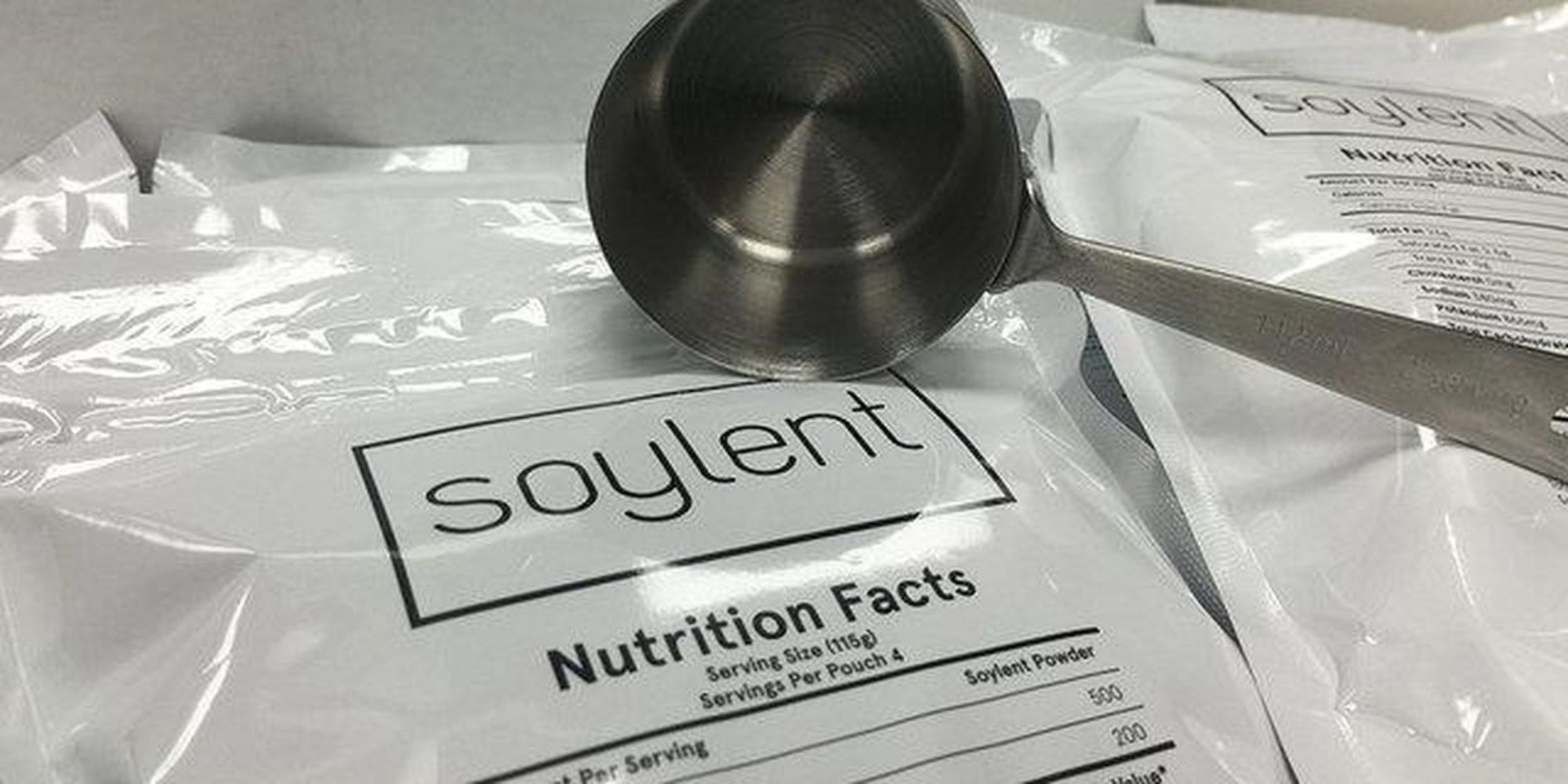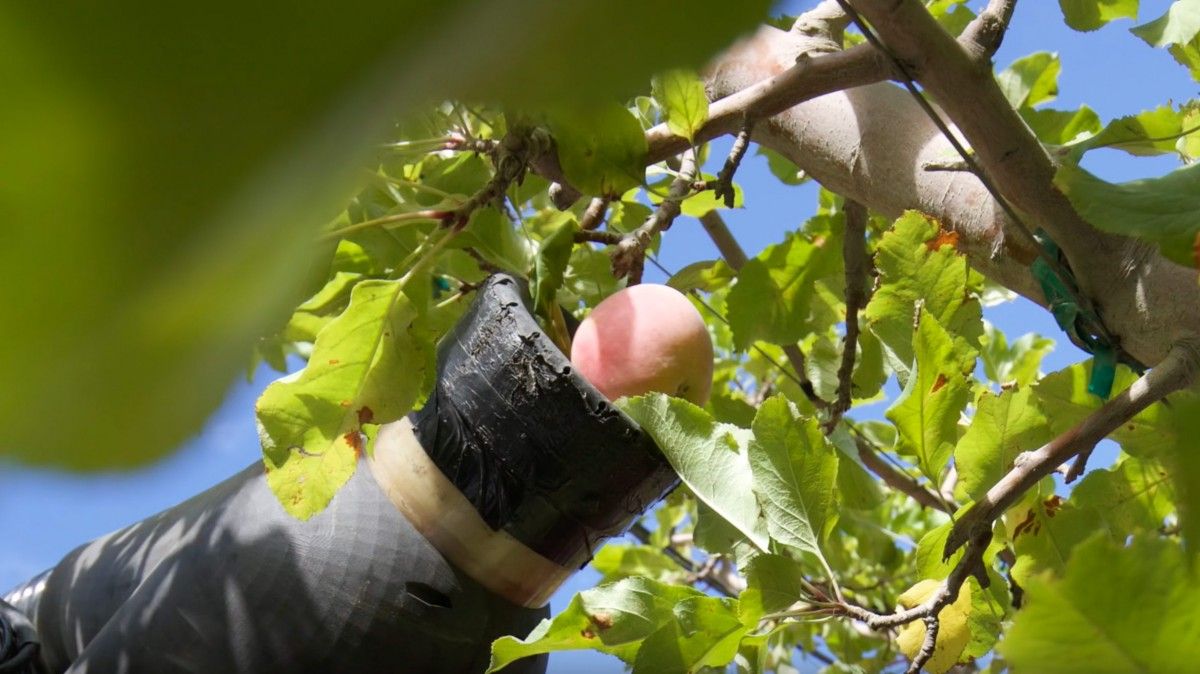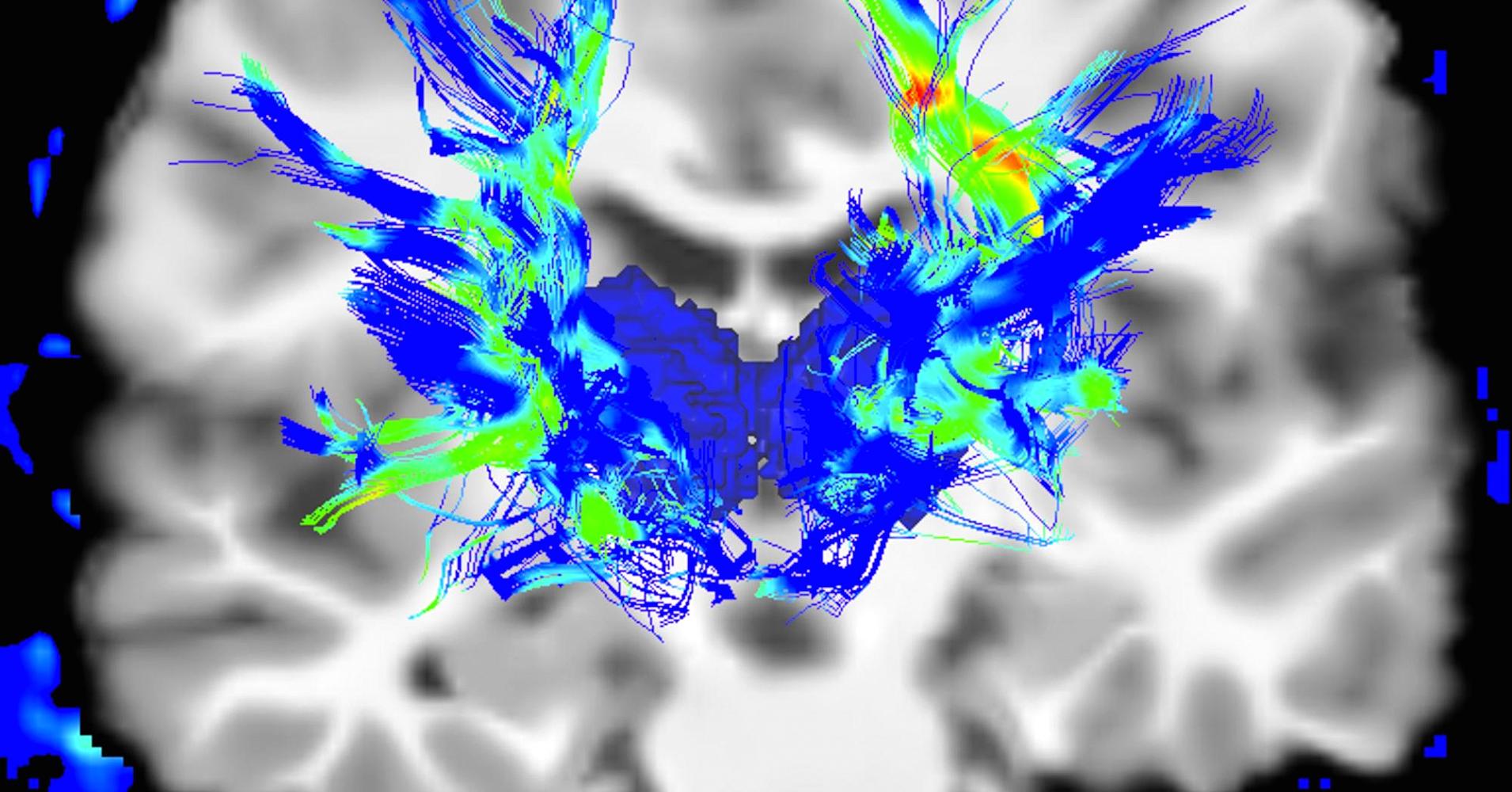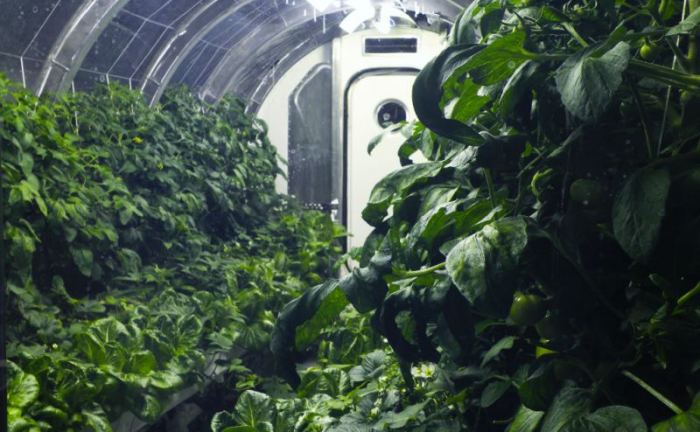May 11, 2017
Hands-free farming: Autonomous tractors and drones grow cereal crops
Posted by Carse Peel in categories: drones, engineering, food, robotics/AI
Future of farming? Driverless tractors and drones attempt to grow crops without humans setting foot on the land in a world first…
Drones are also being used to monitor the crops so agronomists don’t have to enter the field to carry out their observations.
Continue reading “Hands-free farming: Autonomous tractors and drones grow cereal crops” »

